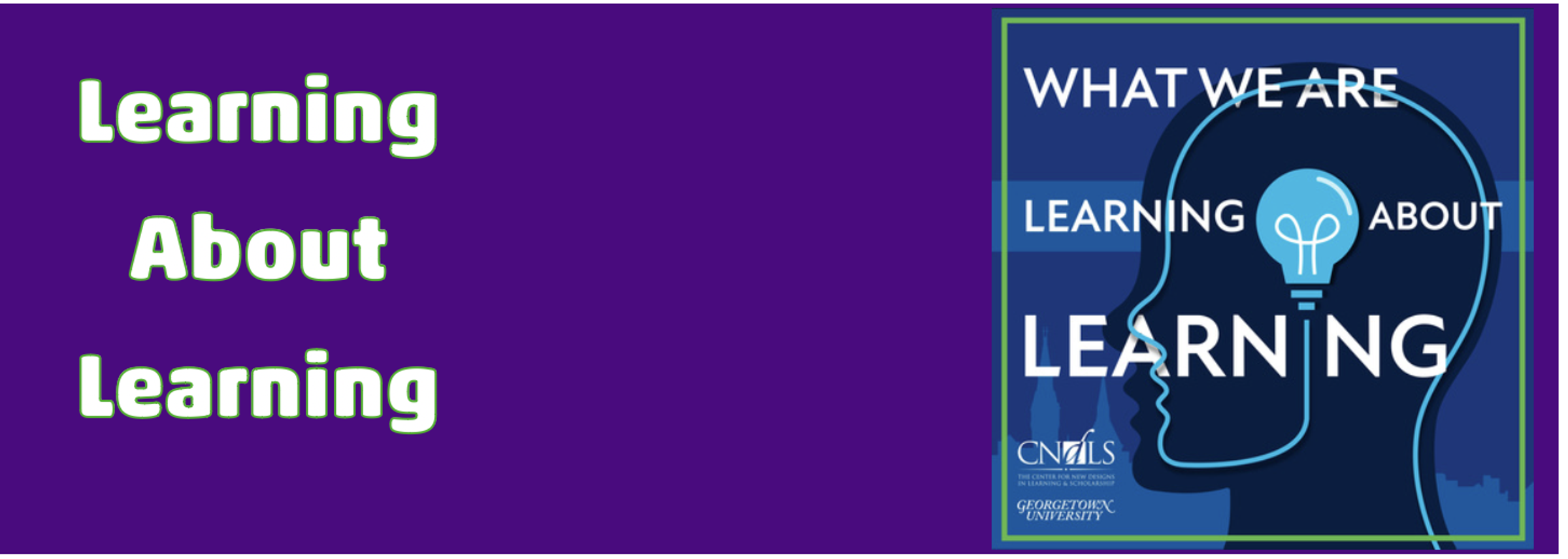Learning About Learning:

Why Kids Lose Their Sense Of Wonder, According To Carl Sagan:
Celebrated science communicator Carl Sagan had a way of speaking and writing that
instilled listeners and readers with wonder and nurtured the human drive to explore. It
was partially for this reason that the Cornell University scientist and narrator of the
timeless PBS documentary Cosmos was often invited into schools to guest-teach kids of
all ages.
Sagan shared how regularly impressed he was with kindergartners and first-graders. “Many of these children are natural-born scientists— although heavy on the wonder side and light on the scepticism. They’re curious and intellectually vigorous. Provocative and insightful questions bubble out of them.”
We lose our wonder
But at the same time, Sagan noted a disconcerting transformation that consistently
occurs by the time kids grow to become seniors in high school:
“They memorize ‘facts.’ By and large, though, the joy of discovery, the life behind those facts, has gone out of them. They’ve lost much of the wonder and gained very little scepticism. They’re worried about asking ‘dumb’ questions; they’re willing to accept inadequate answers…”
Sagan speculated on why this invariably happens. “I’d guess that it’s partially peer pressure not to excel, partly because society teaches short-term gratification, partly because the impression that science or mathematics won’t buy you a sports car, partly that so little is expected of students…” he wrote.
Are adults to blame?
But, according to Sagan, those myriad factors all pale in comparison to a more pernicious
reason: the indifference of adults when confronted with a young child’s effervescent
wonder.
“Too many teachers and parents answer with irritation or ridicule or quickly move on to
something else… Children soon recognie that somehow this kind of question annoys the
grown-ups. A few more experiences like it, and another child has been lost to science,”
Sagan wrote.
What would be a better way to handle kids’ frequent bursts of inquisitiveness? The
obvious response, Sagan said, is to try to answer their queries. “Even an
incomplete attempt constitutes a reassurance and encouragement,” he noted.
If you have no idea where to begin when a child forces you to grapple with why the
grass is green or how the Earth formed, you can look it up on your phone and translate
the facts as best you can. Better yet, you could voyage to the local library or, if possible,
run an experiment that addresses their query. And if their question doesn’t yet have a
satisfactory answer? Sagan suggested a reply for this scenario as well.
“Maybe you’ll be the first to find out when you grow up.”
Perhaps one essential way that humanity advances is through turnover. As generations of
people pass, others grow to take their place, bringing novel questions, fresh ideas, vibrant
energy, and often a burning drive to change the world for the better. In this model, nothing is more precious than a wonder-filled adolescent. Affirming kids’ fundamental urge to explore is fertiliser for their brains.
“Bright, curious children are a national and world resource,” Sagan wrote. “They need to
be cared for, cherished, and encouraged.”


